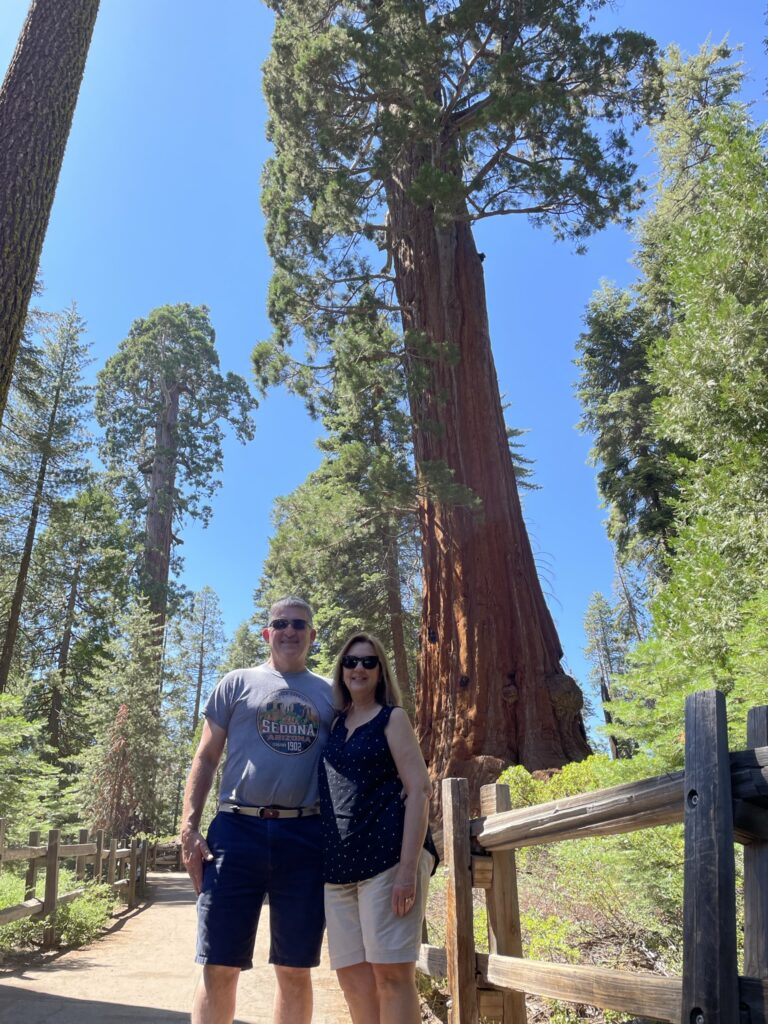
When my husband and I discussed our northern California trip as we planned over the past year, we both agreed that of all the cool places we were going to visit, the one that we were most excited about was seeing the giant sequoias. We’d seen pictures of course, which made us both eager to see just how big these trees *really* were.
Well, let me just say, they are BIG. Huge. Enormous. Gigantic. Add any additional superlatives you want, but truly, we were astonished at the sheer size of the sequoias, once we were there in person.
But before I share more about our experiences, let’s settle something that confuses many (including us before this trip): giant sequoias and redwoods are NOT the same tree. They are both big, and both grow in California, but they are two very different, though equally remarkable, species of tree.
Giant sequoias are found growing in a region about 250 miles long, on the western slopes of the Sierra Nevada mountains in central California. They can only grow at elevations of 4,000 to 8,000 feet and require the periodic dry heat of the mountains for their cones to open and release seeds. The giant sequoia is the largest tree in the world in volume and has an immense trunk with very slight taper, and bright reddish-brown bark.
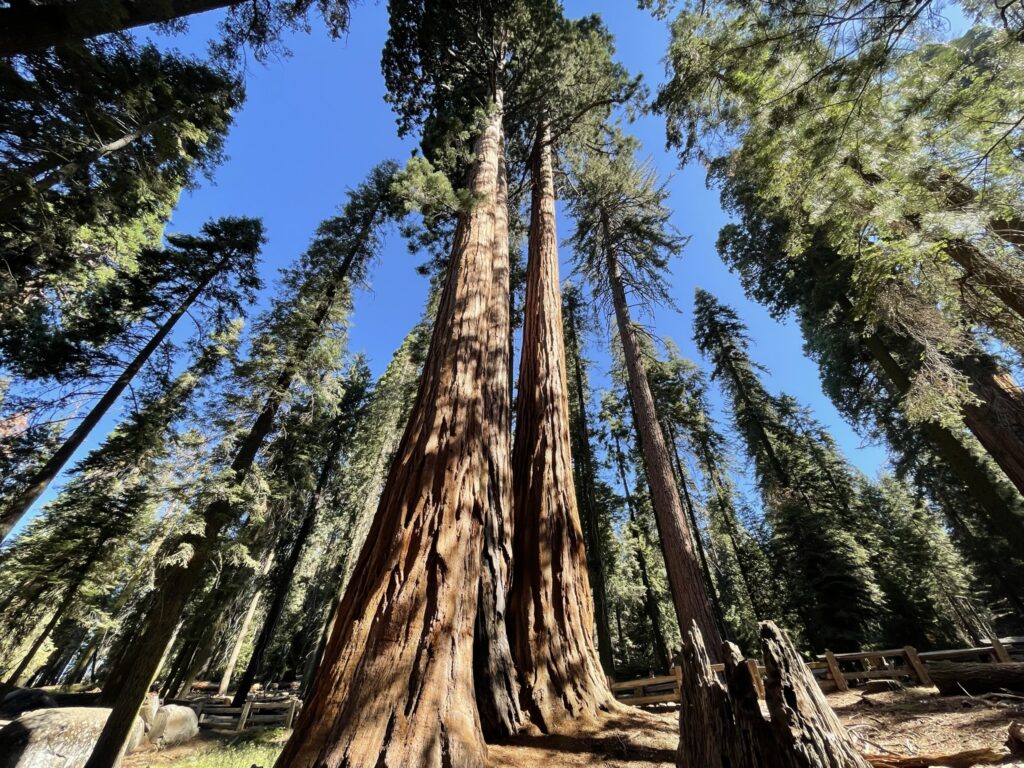 On the other hand, redwoods grow near the Pacific Ocean along the northern California coast in a more or less continuous belt about 450 miles long and 15 miles wide. These trees thrive in the moist, humid climate of the Northern California coast, where marine fog delivers precise conditions necessary for their growth. Redwoods, although not as large *in volume* as sequoias, are the world’s tallest trees, with a slender trunk and dull chocolate brown bark.
On the other hand, redwoods grow near the Pacific Ocean along the northern California coast in a more or less continuous belt about 450 miles long and 15 miles wide. These trees thrive in the moist, humid climate of the Northern California coast, where marine fog delivers precise conditions necessary for their growth. Redwoods, although not as large *in volume* as sequoias, are the world’s tallest trees, with a slender trunk and dull chocolate brown bark.
Now that we’ve got that straight 
California’s adjacent Kings Canyon and Sequoia National Parks are where we found the “world’s largest living things”, and they are truly lovely parks with scenic drives, miles of hiking trails, and of course – really big trees. Visiting involves going up in elevation; as already mentioned, giant sequoias only grow pretty high in elevation along the western slopes of the Sierra Nevada. And depending on the time of year, the weather can be unpredictable, with different areas closed during the winter months due to inaccessible roads, or during fire season. Planning Tip: Be SURE to stay up to date with the parks’ websites, as the NPS provides important updates on weather, road closures and other information.
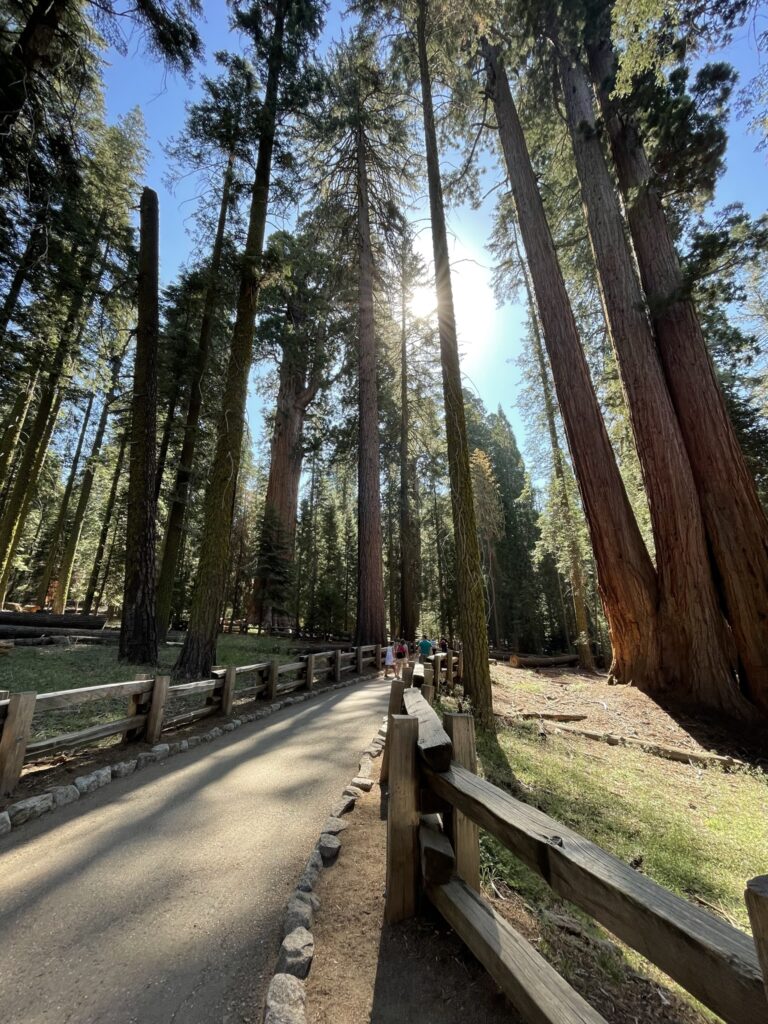
Because giant sequoias are found in both Kings Canyon and Sequoia National Parks, we were able to visit both parks, which gave us plenty of time to explore the different sequoia groves. While many of the groves can be reached by road, others are remote and involve hiking a good distance to visit. Throughout all the groves these immense, majestic trees and the sunlight that was filtered through their lofty branches brought such sense of wonder. We thought we knew what to expect when we saw them – but we truly had no idea. As so often happens when visiting natural wonders, pictures don’t do them justice!
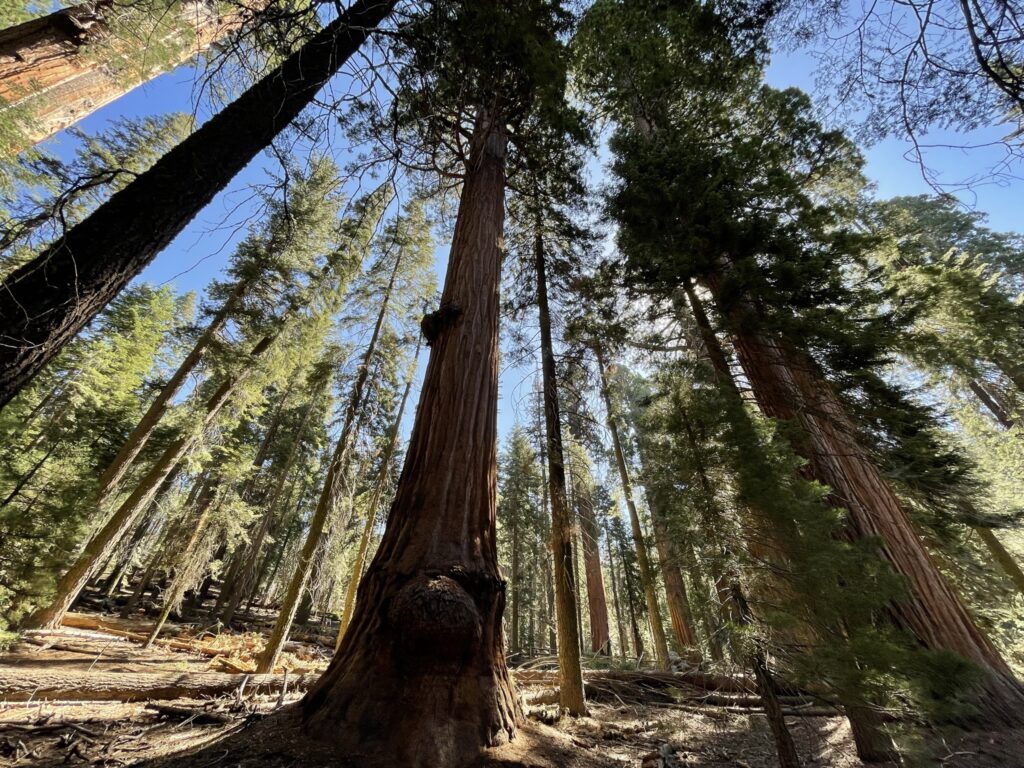
As we wandered through the areas, we also learned a few things about these incredible trees, the first being that some of them are over 3000 years old! Talk about feeling insignificant in comparison! And some of the giant sequoias are famous too, and even have names. The General Sherman Tree is the world’s largest tree, measured by volume. It stands 275 feet tall and is over 36 feet in diameter at the base. Not only is General Sherman the largest living tree, but it also owns the title of largest living organism on the planet!
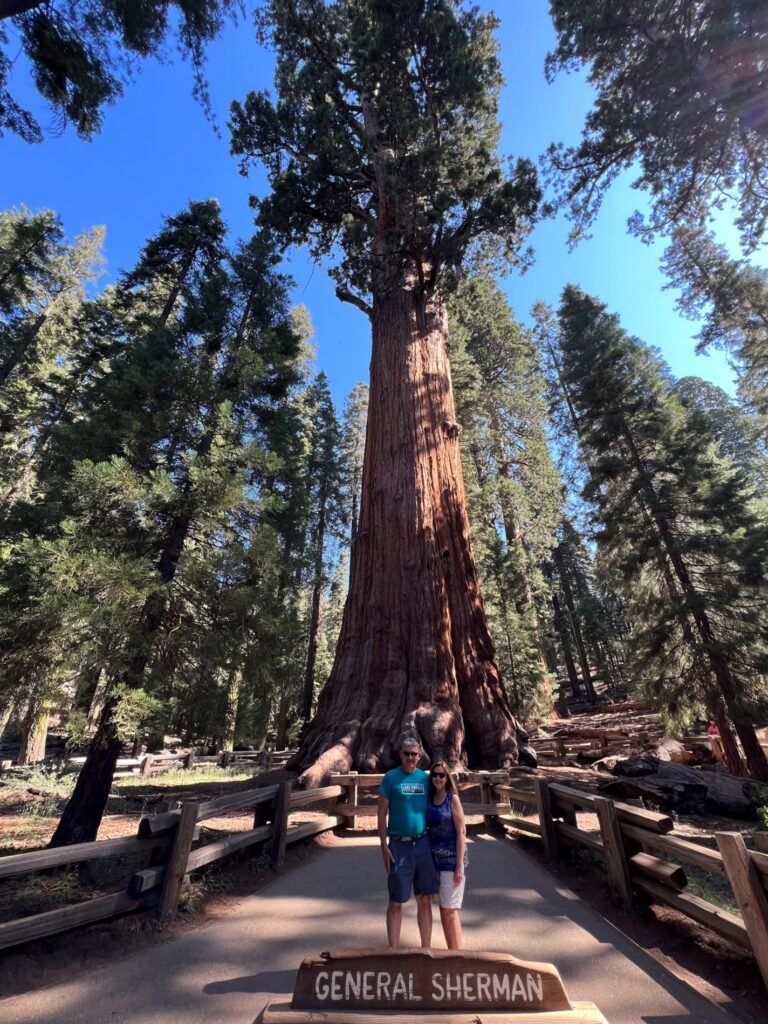
Another fact that we learned, is that despite the size of the giant sequoias, their roots are incredibly shallow, and over the years as visitors have wanted to get “up close” views of the General Sherman and other famous trees, the root structures were in jeopardy. So now, fences surround many of the largest trees, with signs asking visitors to protect them by staying on the paved trail. Planning Tip: Allow plenty of time to wander the paths and paved trails, as each area seems more awe-inspiring than the next. And take time to read the informational signs to learn more about these incredible trees!
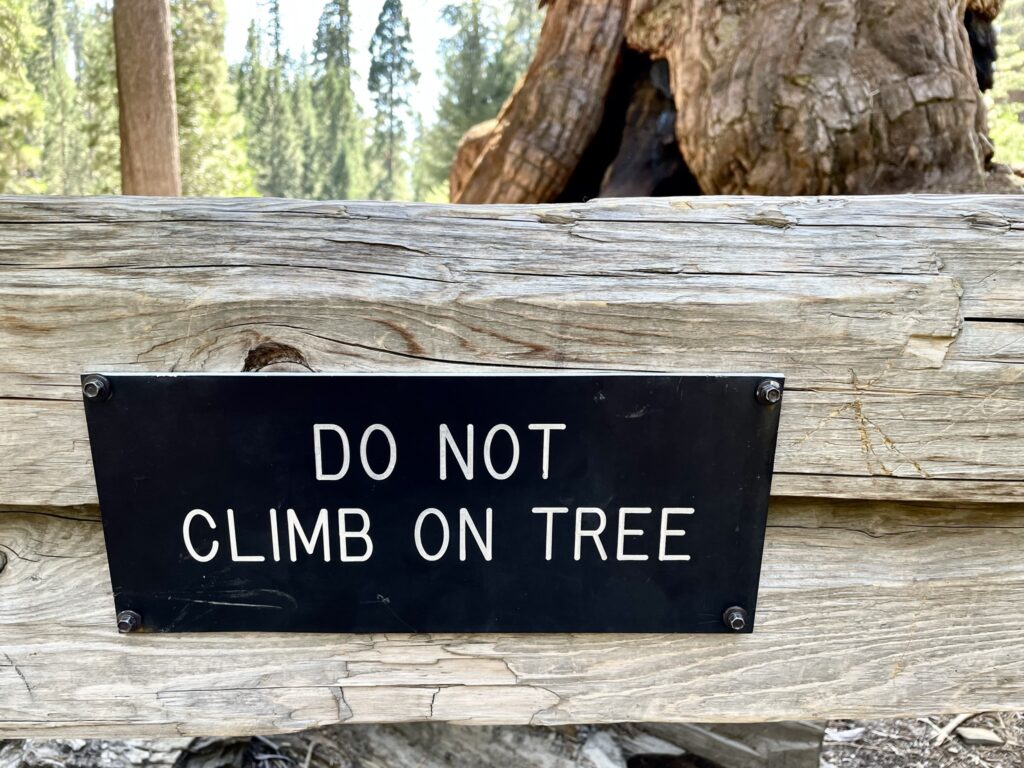
Of course, when visiting national parks such as these, where nature – both plant and animal – abounds, you should be on the lookout for all kinds of living creatures. Including bears. Black bears are found throughout the parks and will grab unattended food – and even damage property in an attempt to get human foods. Bears can become bold and aggressive in attempts to get more food, which can be a risk to your safety, so you’ll find many signs with food-storage rules throughout the parks. Planning Tip: Do what the signs tell you to do. If you camp, be prepared to remove all food and scented items from your vehicle and store in the provided food storage boxes.
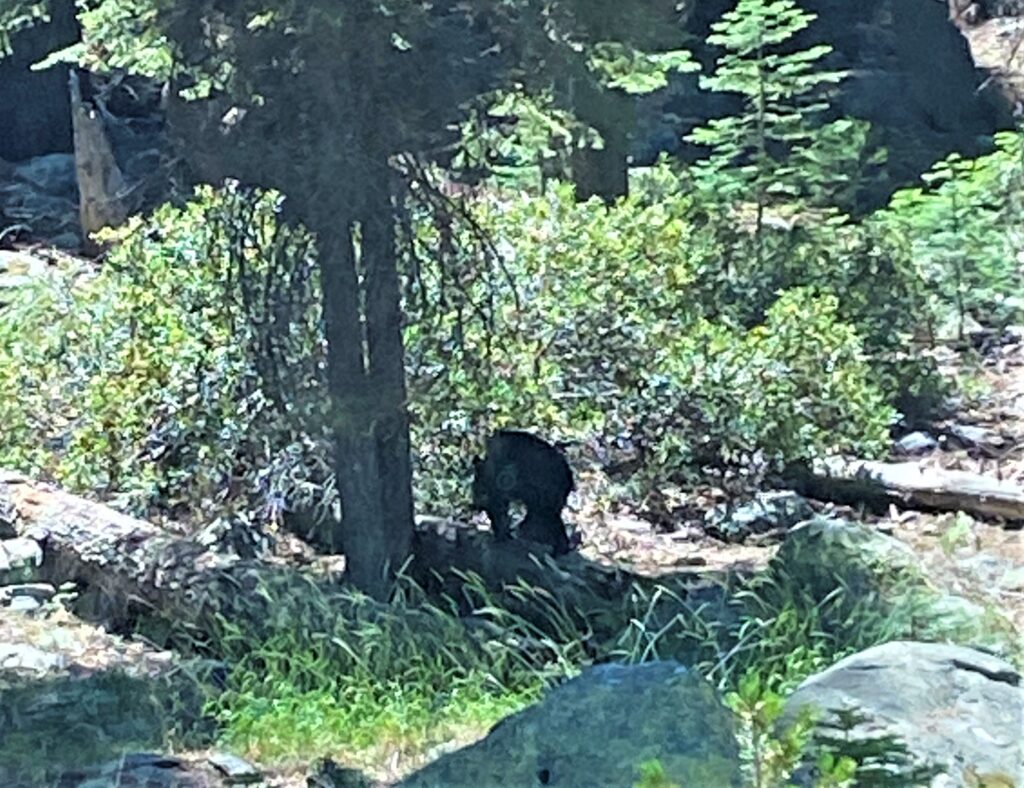
Seeing the giant sequoias was without a doubt, a bucket list destination for us. And while we spent so much time with our mouths open in awe, I was also struck by the sense of peace and tranquility as we explored the groves of these giants. This was an experience that I will truly remember the rest of my life!
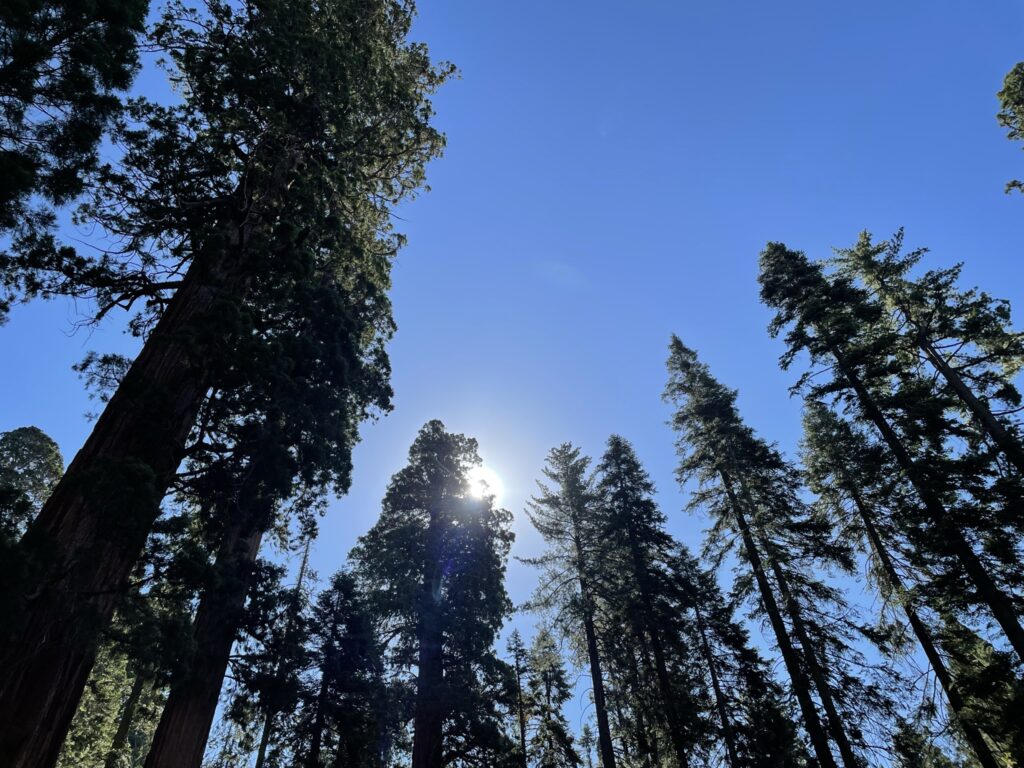
Learn how the FREE services of a travel agent can make planning your vacation simple and STRESS FREE!